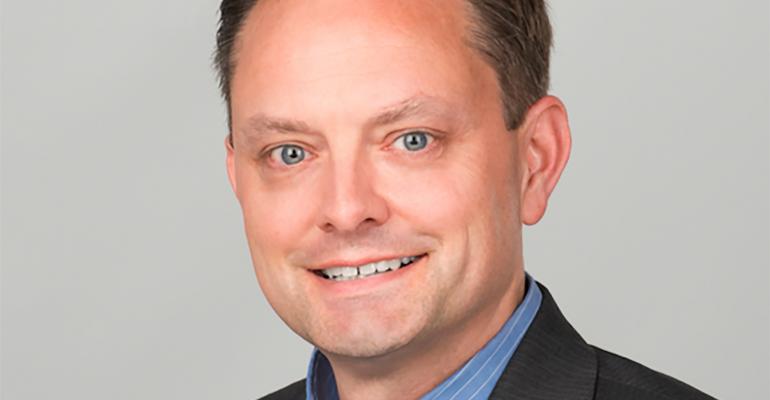From the red carpet at the Oscars to the runways of New York Fashion Week, live streaming, tweeting and Instagramming are critical to an event’s publicity and success. Whether you’re in the Dolby Theatre in L.A. or Lincoln Center in Manhattan, a secure cellular and data connection can be the difference between rave reviews and a bust.
Unfortunately, with so many people using their phones during these events, it’s easy for networks to get overloaded, causing a complete breakdown in communication. That’s a chance most event coordinators can’t take. After all, a well-timed tweet or photo could end up trending or on the front page.
Cell phone signal booster systems (also known as passive distributed antenna systems) are the perfect solution for event coordinators and production executives who don’t want to risk cellular connectivity in their event venues. These cost- and time-effective solutions ensure robust cellular and data connectivity from event set up to break down.
Amplifying New York Fashion Week
Cell phone signal boosters recently came to the rescue at New York Fashion Week. The event’s Skylight Clarkson Square venue in the West Village was plagued by poor connectivity leading up to the event. The building’s brick, steel and concrete materials meant making a call or sending a text was nearly impossible.
Short on time, IMG, NYFW’s production company, called in communications experts for a solution.
"Social media and cellular technology have changed Fashion Week," said Dominic Kaffka, IMG’s vice president of creative and production. “We are always trying to improve our event from season to season. We have fully booked out shows with 1,000 visitors and when everyone needs cell reception at the same time it’s hard to keep everyone happy, so this is why we had to increase the phone reception capabilities."
It was recommended that IMG install a cell phone signal booster system to amplify connectivity at Skylight Clarkson Square. The system provided enhanced connectivity and was up and running in time for the first show. With the system in place, guests were free to tweet, text and send photos from the show — engagement event organizers had been eying for some time.
“We want people at the shows to take pictures and post them on social media," IMG Internet technology events manager Jim O'Donnell said. "We are a company that loves social media. In the past we haven’t been able to do that because WiFi and cell signal have been spotty, so that’s why we wanted to boost the cell signal."
Giving Hollywood a boost
For as long as smartphones have been around, they’ve been a must-have accessory on the Hollywood red carpet. Just think about the star-studded selfie tweeted out by Ellen DeGeneres at the 2014 Oscars. Can you imagine if her Tweet hadn’t gone through? What if her cell phone service had stopped in the middle of uploading it to Twitter? History would not have been made.
With a single tweet, monitoring social media became just as important as watching the award show itself. Fans and industry insiders alike monitor Twitter and Instagram while watching the Academy Awards to get real-time updates and insiders’ viewpoints. Sure, you could wait to see professional photos in the magazines and tabloids, but wouldn’t you rather see celebrity selfies as they’re posted to social media?
Cell phone signal boosters can provide the connectivity these big-time events need, so stars and fans never need to miss out on the latest developments.
Boosting all carriers, not just one
When most event organizers think about connectivity solutions, their minds immediately call up active distributed antenna systems (DAS), the type of large-scale infrastructure typically found in big stadiums and arenas. While active DAS solves many connectivity problems, they do so at the cost of time and money, and generally only boost a single carrier’s signal.
On the other hand, cell phone signal boosters are carrier-agnostic. Whether your customers use major carriers--such as AT&T, T-Mobile, Verizon, and Sprint--or smaller regional carriers, they get the same amplified signal. That was a key consideration for IMG at NYFW. “We’ve been looking to boost all cell signals, not just the ones we knew about: AT&T and Verizon. We wanted to boost everyone, and this was the only one that I found that actually did boost everyone’s coverage,” O’Donnell noted.
Gone are the days when browsing through your phone or accessing social media was a perk. Whether you operate a small event venue or host the biggest A-list events of the year, cellular connectivity is a must. A digitally focused venue can boost your event’s profile and even provide free publicity.
Cell phone signal boosters are the cost- and time-effective way to make sure every one of your guests remains connected regardless of their cellular carrier.
Todd Fariss is the director of commercial solutions at Wilson Pro of St. George, Utah. He relies on more than 20 years of experience in wireless products to provide professionals in the event planning, retail, and health-care industries with innovative advice and expertise on using mobile resources to improve processes and outcomes.





